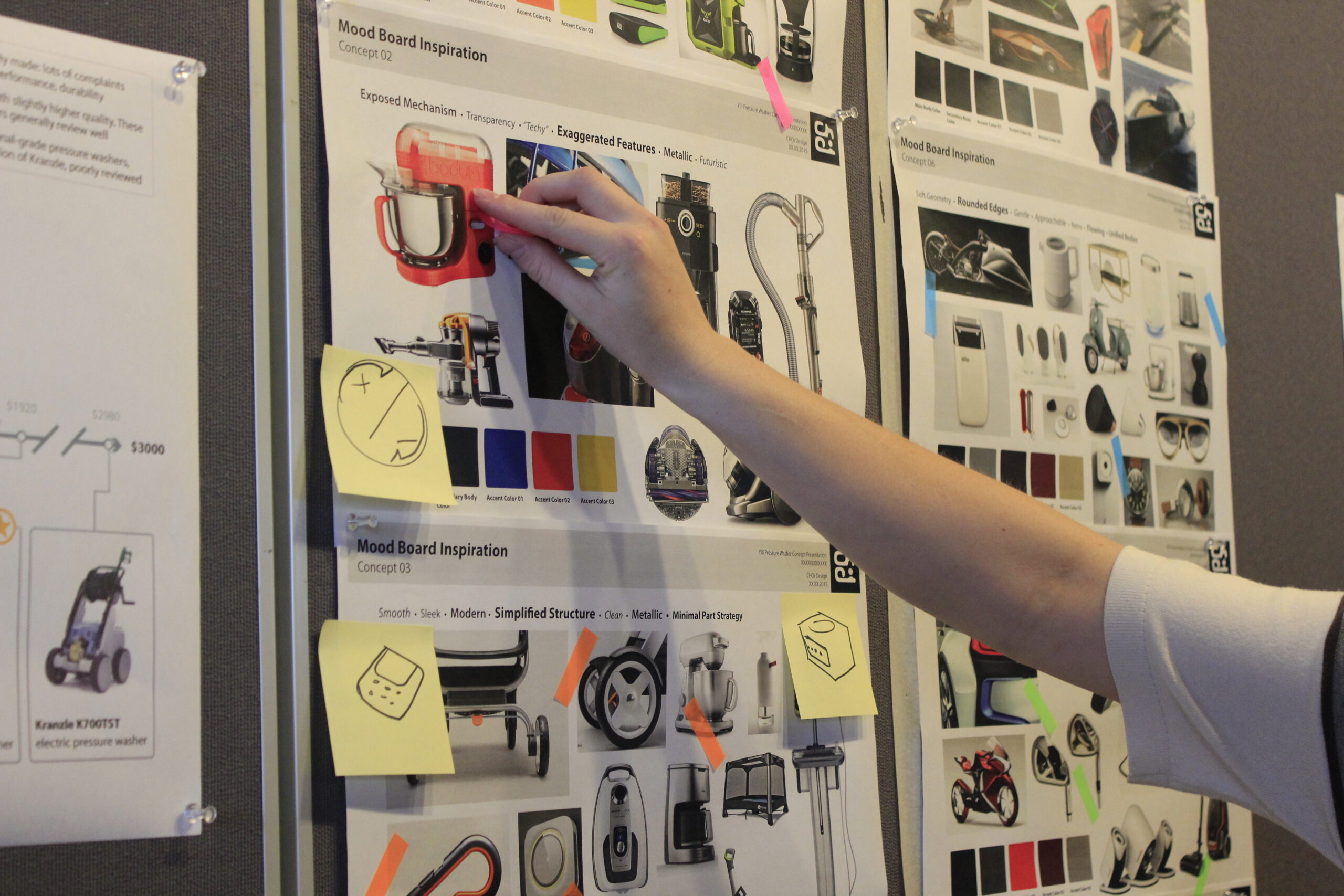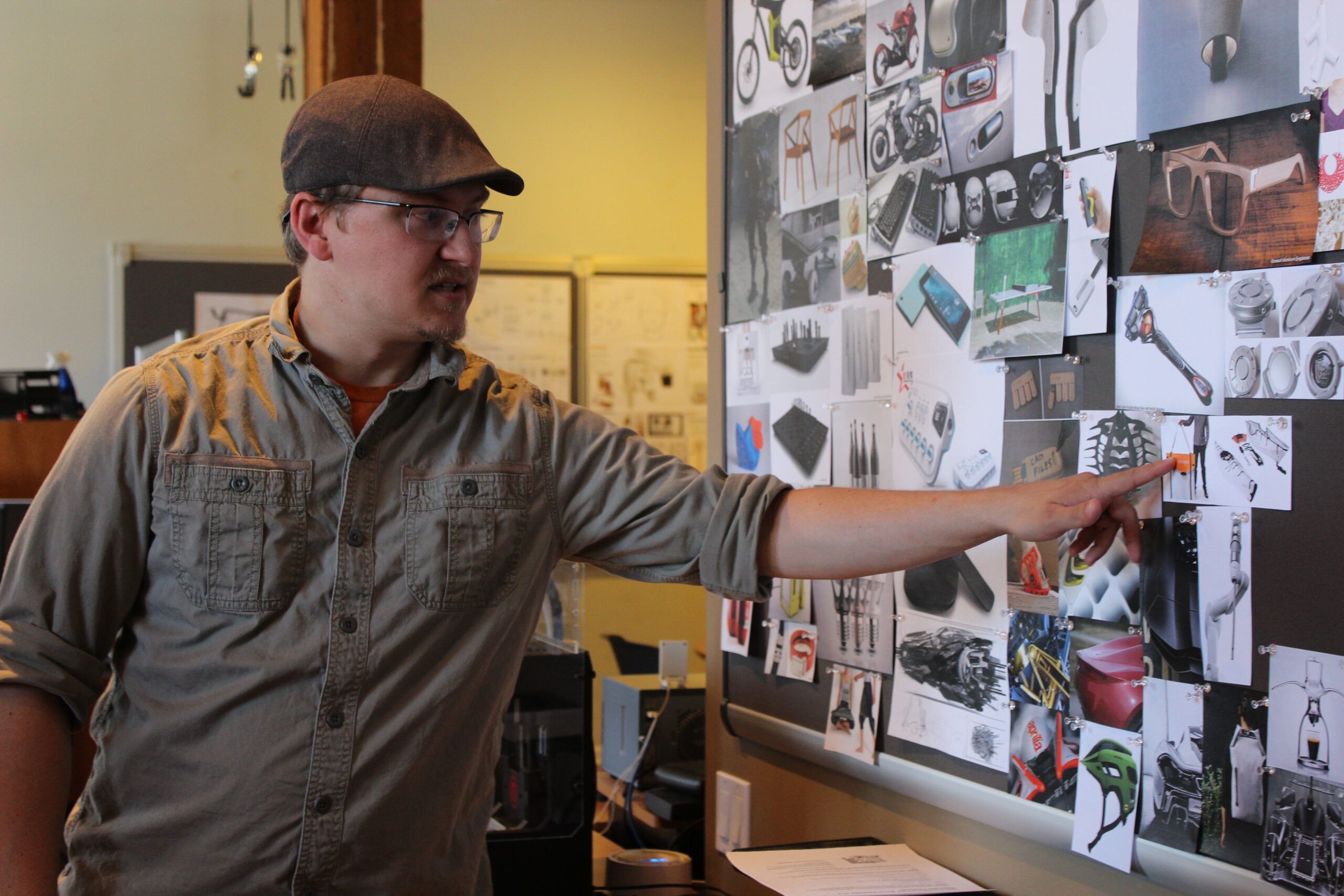Economic downturns force businesses to adapt. One powerful strategy involves rethinking product design. By focusing on specific elements, companies can create products that not only survive but thrive in challenging economic conditions.
Durability and Longevity: Building Lasting Value
How can designers create products that stand the test of time?
When budgets are tight, consumers prioritize products that stand the test of time. Durability and longevity become paramount. Imagine investing in a product only to replace it soon after. This is a scenario consumers want to avoid. By using high-quality materials, emphasizing robust construction, and offering clear warranties, designers can build trust and foster long-term customer relationships.
Multifunctionality: More Bang for Your Buck
What are some creative ways to incorporate multifunctionality into product design?
Cost-conscious consumers seek maximum value for their money. Multifunctional products offer a compelling solution. A backpack that doubles as a laptop case, a kitchen tool with interchangeable heads – these are examples of design ingenuity that meet consumer needs. By serving multiple purposes, these products reduce the need for additional purchases, making them highly attractive in challenging economic times.
Ease of Maintenance and Repair: Extending Product Lifespan
How can product design be optimized for ease of maintenance and repair?
Repairing rather than replacing is a cornerstone of sustainability and cost-effectiveness. Design choices can significantly impact a product’s lifespan. Modular components, clear instructions, and accessible parts make maintenance and repair more feasible. When consumers can easily fix minor issues, they’re less likely to discard a product prematurely.
Timeless Aesthetics: Beyond Trends
What design principles contribute to timeless aesthetics?
While trends come and go, classic designs endure. Timeless aesthetics offer a sense of stability and value. A product with a classic look is less likely to feel outdated, making it a worthwhile investment. By focusing on clean lines, neutral colors, and high-quality materials, designers can create products that resonate with consumers across different styles and periods.
Sustainability: Balancing Values and Budgets
How can sustainability be integrated into product design without compromising affordability?
Environmental consciousness is increasingly important, even in economic downturns. Sustainable products align with consumer values while offering potential long-term savings. By using eco-friendly materials, reducing waste, and optimizing energy efficiency, designers can create products that are both responsible and affordable. Highlighting the cost benefits of sustainability can make these products even more appealing to budget-conscious consumers.
Design for a Brighter Tomorrow
By incorporating these five elements into product design, businesses can create offerings that resonate with cost-conscious consumers while positioning themselves for long-term success. It’s about designing products that not only meet immediate needs but also build lasting value and customer loyalty.
To excel in product design for today’s consumer, consider partnering with CHOI Design. Our team of experts can help you create innovative and impactful products that stand out in any economic climate.
FAQs
To enhance product durability, focus on using high-quality materials, robust construction, and clear warranties. Consider conducting rigorous testing to identify potential weaknesses and improve product lifespan.
A multifunctional product can serve multiple purposes. For instance, a backpack with compartments for a laptop and water bottle, or a kitchen tool with interchangeable heads. Consider your target audience’s needs and brainstorm creative solutions.
Prioritize using recycled materials, minimizing waste, and optimizing energy efficiency during production. Consider certifications like FSC for sustainable sourcing. Additionally, highlight the long-term cost savings of sustainable products, such as reduced energy consumption.
Focus on classic and enduring design elements, avoiding fleeting trends. Prioritize clean lines, neutral colors, and high-quality materials. Consider conducting market research to understand long-term consumer preferences.
Absolutely. By carefully selecting materials, optimizing production processes, and focusing on essential features, you can create durable products without breaking the bank. Consider using cost-effective yet high-quality alternatives to premium materials.




